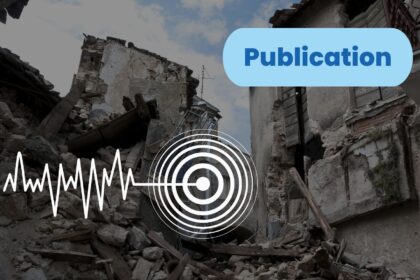
New research reveals that the initial signals emitted during an earthquake can effectively track the evolution of fault rupture in real-time, offering the potential to alert populations before destructive seismic waves arrive. This study, conducted by Raffaele Rea, Simona Colombelli, Luca Elia, and Aldo Zollo from the Department of Physics at the University of Naples Federico II, was recently published in Nature Communications Earth & Environment.
During an earthquake, seismic waves originate deep underground, propagating through the Earth and reaching the surface within seconds, causing severe damage to people, buildings, and infrastructure. Although earthquake prediction remains elusive, predicting the impact of these events and sending warnings to specific areas before the arrival of destructive waves is possible through Earthquake Early Warning (EEW) systems.
In their recent paper, the team demonstrates the effectiveness of their advanced EEW system, applied to the magnitude 7.8 earthquake that struck the Turkey-Syria border region in February 2023. Their approach uses a sophisticated ground-motion prediction method based on the detection of primary (P) waves, which allows for the real-time identification of areas where ground shaking is likely to exceed predefined thresholds.
The system’s performance was validated through a retrospective analysis of hundreds of accelerometer readings near the earthquake’s source. Remarkably, an alert was generated approximately 10 seconds after the earthquake’s origin, with a 95% success rate in notifying sites within the affected zone, providing lead times of 10 to 60 seconds in high-risk areas. The study shows that the anticipated strong shaking region could be reliably identified approximately 20 seconds after the rupture initiation.
As time progresses, the system precisely outlines the seismic rupture’s development, highlighting its bilateral propagation in the northeast-southwest direction, as inferred from kinematic source models.
These findings indicate that P-wave-based EEW systems can deliver timely and accurate alerts, significantly reducing potential damage and enhancing safety in earthquake-prone regions.
You can read the article at https://www.nature.com/articles/s43247-024-01507-3






